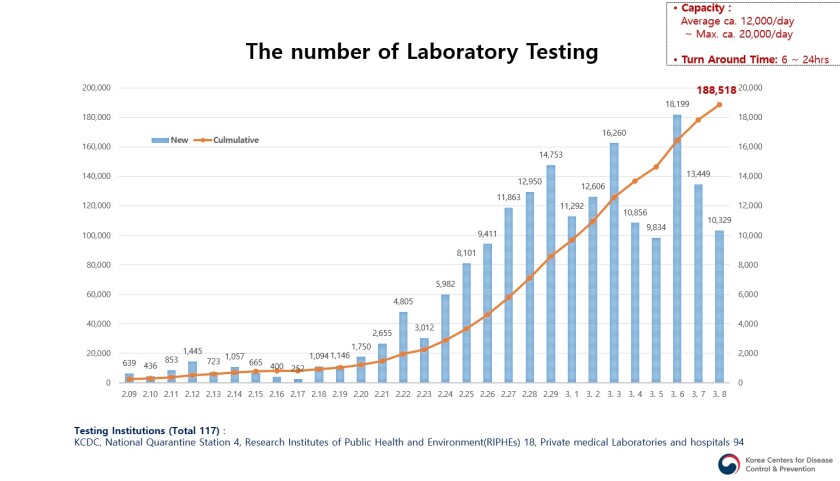
Does he wish now he’d stayed home in his gilded penthouse on Fifth Avenue? The short-fingered vulgarian, his ego inflated with helium and daddy’s money? He would show them, show them all. Especially the black guy. Being president during a pandemic must be the rudest awakening for a man hopelessly out of his depth (none) on his best days. No on-the-job training he would have ignored could have prepared him for this. He cannot bully the coronavirus into submission, litigate it to death or boast it away.
Does he give a thought for the millions of lives soon to be lost on his watch? Or does an atavistic drive for his own survival and for perpetuating delusions of greatness occupy his time? He’d rather be cheating at golf, that’s certain.
The rest of us normally spend our days just trying to get by, pay the bills, and maintain our relationships in a world increasingly hostile to them all. People of the acting president’s class — the Midas cult — view the world through the lens of money. “You can measure your manhood by it,” James Taylor sings, and many do. For them, the list above from CNN Business is something no amount of Viagra can remediate. Although pathological narcissism seems to be holding it own.
With its new “tone,” the White House response to the pandemic is too little too late. Even so, the acting president rates his performance 10 out of 10 while conceding the country may be headed for recession. “Major airlines could be bankrupt by the end of the year,” blares one headline. “Say Goodbye to Movie Theaters,” reads another. And to reelection, he has to wonder.
During this election season, during this period of social distancing, are people watching the White House’s belated, fumbling response to the pandemic and rethinking their priorities and their choices? What if someone who listened to Dr. Anthony Fauci had been president? Fauci is the only one worth trusting, and still he is hamstrung by Donald Trump’s multiple deficiencies, trustworthiness being foremost among them.
Michael Gerson ponders the imbecility of the “government is the problem” philosophy that’s driven the Republican Party since before Ronald Reagan pronounced it. The rotten fruit of that philosophy brought Trump to power. Republicans in Congress at the beginning of this epidemic chose not to relieve him of command before his replacing competence with sycophants cost lives through criminal neglect. They voted their pocketbooks and power instead.
“Who cares about integrity, wisdom and public spirit when the stock market is rising and the economy is booming?” Gerson writes. We all should have cared. They should have cared. They did not:
It has recently been common in our politics to assert that the establishment has failed, that our institutions and systems are corrupt, and that we need political disrupters to shake things up or burn things down. This is now revealed as the political philosophy of spoiled children. We no longer have the luxury of apocalyptic petulance or the language of faux revolution. We need trusted experts to carry hard truths. We need our systems and institutions to bear enormous weight. We need public officials to encourage an orderly urgency, to repair what is broken and to calm irrational fears.
Perhaps all these lessons will be quickly forgotten once the emergency is lifted. But it would be better if this period were known as the “Great Sobering,” when our country relearned the high stakes of politics, the indispensability of public character and the importance of a functioning president.
The political cult behind this president set out to prove government is the problem through decades of policies meant to weaken and shrink it enough to drown it in the bathtub. Failure-by-design in a time of crisis would prove them right and allow the vultures of avarice to pick its metaphorical bones. Now they will have real ones to pick as well as each other’s.
Six San Francisco Bay area counties have ordered 6.7 million residents to shelter in place until at least April 17 to slow the spread of COVID-19, the ice-nine of our time. (He wouldn’t get the reference.) Two emergency room physicians on opposite sides of the country are in critical condition after exposure, one man in his 40s in Washington state and another, 70, in New Jersey. COVID-19 is no respecter of class.
Somewhere in an alternate universe, it’s St. Patrick’s Day.
Update: Somewhere in an alternate Washington, D.C. there are still adults trying to un-FUBAR this mess.
● ● ● ● ● ● ● ●
For The Win, 3rd Edition is ready for download. Request a copy of my free countywide election mechanics guide at ForTheWin.us. This is what winning looks like.




